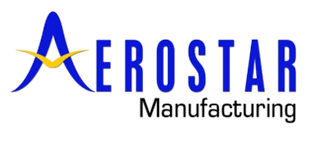Have you wondered what the differences between 3D printing and CNC machining are?
According to Industry Today:
3D Printing vs. CNC Machining: How do They Differ?
When it comes to choosing a manufacturing or prototyping technology, the two options most businesses have to choose between are 3D printing and CNC machining. There is no single ‘right’ option. As this guide will show, the ideal technology to use depends on a number of factors.
Materials being used
An oversimplified description of 3D printing technology is to imagine a normal printer, only instead of ink/toner; it uses molten solids (usually plastics) to create 3D objects. This means that even high-end industrial 3D printers cannot work with materials with very high melting points – such as most metals. CNC machining, on the other hand, works well with a variety of materials including metals, wood, and plastics. The raw materials required in the manufacture of a product determine the ideal technology to be utilized.
Cost
The most important variable to consider when carrying out a cost comparison between 3D printing and CNC machining is the order quantity. Generally, 3D printing becomes a cheaper option when one needs to manufacture smaller quantities – usually less than 50. The fact that it is usually the faster option makes it ideal for rapid prototyping. When working with larger orders, CNC machining is usually more cost-effective. Since CNC machining utilizes an assembly line approach with each component being created by different machinery, it is the faster option for mass production.
Sustainability
Sustainability is all about avoiding wastage, especially when it comes to valuable resources. 3D printing and CNC machining use opposing approaches in their individual manufacturing processes. 3D machining uses additive manufacturing, in which the raw materials are added layer by layer to create the designed object. There is very little in terms of wastage since the materials are being used to create the desired product. CNC machining uses subtractive manufacturing, where the manufacturing process begins with a solid block of material which is then cut, carved and shaped to form the desired object. This creates a lot of wastage, most of which may not be recyclable. Therefore, 3D printing is the most sustainable option.
Quality and Precision
Both technologies can develop high-quality products, but 3D printing has some limits that may affect the durability of the finished product. Even with large industrial 3D printers, there will always be size limitations regarding the thickness of the produced material and the volume. 3D printing also mostly utilizes plastics and other raw materials with low melting points which might not deliver the desired quality levels for some products. These limitations do not exist with CNC machining. However, CNC machining cannot replicate unusual geometric designs with the accuracy and precision that 3D printing can deliver.
